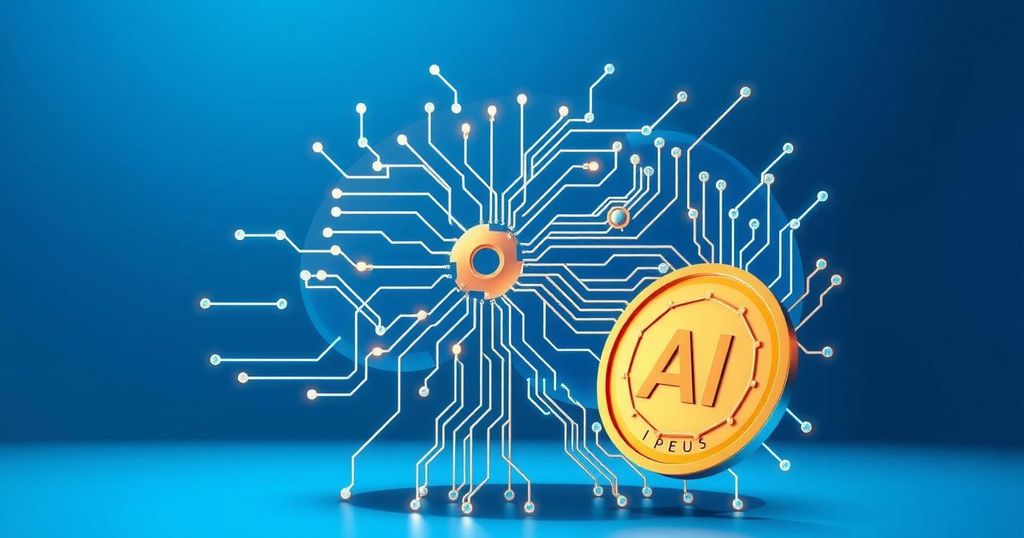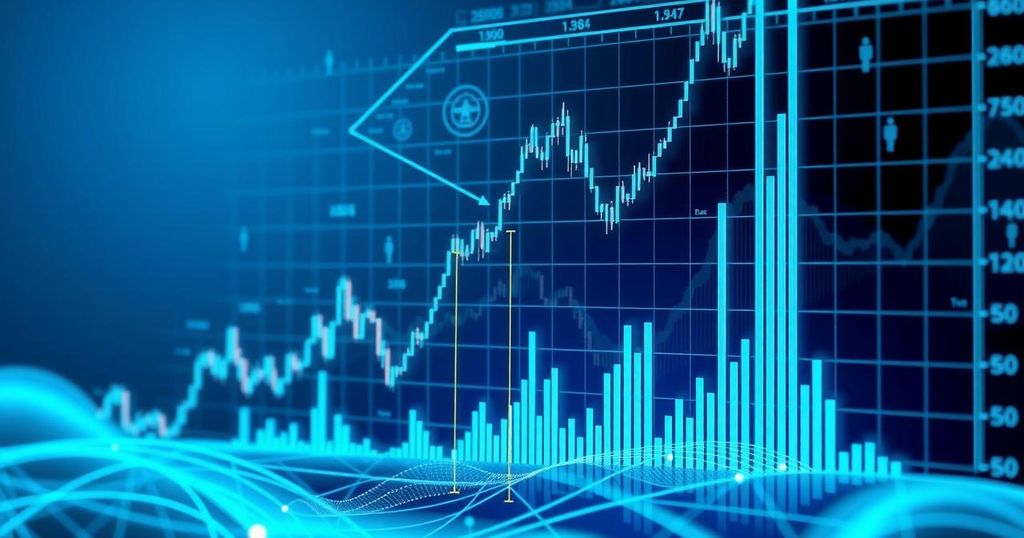Understanding ERC-20 Tokens: The Backbone of Ethereum’s Ecosystem
ERC-20 is a crucial Ethereum standard for creating fungible tokens, which are essential for ensuring that token assets can be seamlessly exchanged. Proposed in 2015, it alleviated compatibility issues and established essential functions like `transfer` and `balanceOf`. This standard supports the vibrant ecosystem of Ethereum-based assets, fostering innovation and interoperability among diverse digital tokens, including widely used currencies like USDT and DAI.
ERC-20 represents the cornerstone of fungible tokens on the Ethereum blockchain, enabling developers to craft interchangeable digital assets. A fungible token is interchangeable, contrasting with the unique nature of ERC-721 non-fungible tokens (NFTs). This standard empowers tokens to embody an array of assets, rights, or access, facilitating seamless integration across diverse platforms and services. The ERC-20 framework comprises essential functions for token management, ensuring compatibility and interoperability in the Ethereum ecosystem.
Unveiled in 2015 by Fabian Vogelsteller, the ERC-20 standard arose amid burgeoning smart contract popularity, tackling concerns over token interoperability on Ethereum. Prior to ERC-20, the lack of an established framework hampered token compatibility, necessitating a unified approach. Its adoption paved the way for a vast majority of Ethereum-based tokens, transforming the blockchain landscape and enabling developers to create and exchange tokens without redundancy or integration issues. With its implementation, ERC-20 has revolutionized how tokens operate within Ethereum.
ERC-20 defines a uniform specification for token creation within the Ethereum landscape, ensuring diversity and interoperability. By adhering to this standard, developers can build on a solid foundation of functionality and compatibility. With the vast majority of tokens now ERC-20 compliant, the Ethereum ecosystem thrives, offering limitless opportunities for innovation and collaboration. In essence, ERC-20 not only facilitates exchange but fuels the evolving digital economy.
Original Source: www.investopedia.com




Post Comment